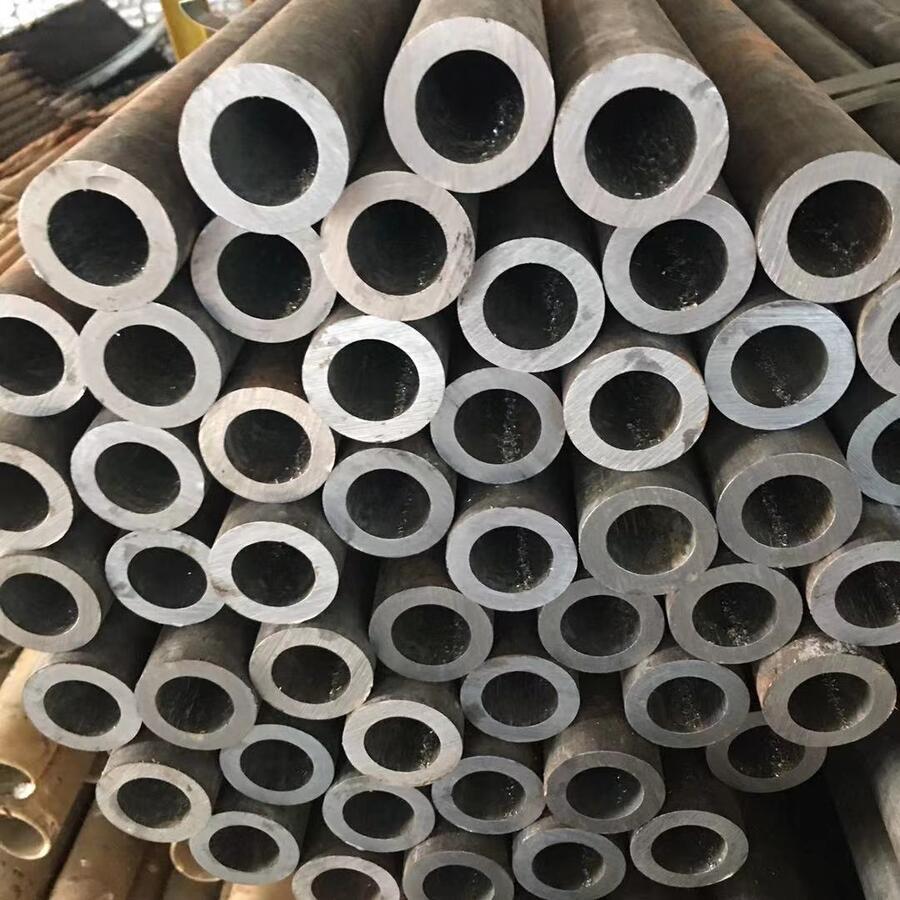The Backbone of Modern Construction: Hot Rebar Production
Hot rebar making machines represent the pinnacle of metallurgical engineering, transforming raw steel billets into precisely formed reinforcement bars essential for concrete structures. These industrial powerhouses combine extreme temperatures with precision mechanics to produce up to 1.2 million tons of rebar annually in a single production line. The hot rolling process remains the dominant method globally due to its efficiency in aligning steel’s crystalline structure, enhancing tensile strength while maintaining crucial ductility. As urbanization accelerates worldwide, these machines form the unseen foundation of skyscrapers, bridges, and infrastructure projects.
Anatomy of a Hot Rebar Making Machine
Modern hot rebar making machine systems integrate multiple subsystems into a seamless production flow:
1. Reheating Furnace System
Billets enter pusher-type or walking-beam furnaces (like those from HANI Metallurgy) where temperatures reach 1,100-1,250°C. This critical phase ensures uniform heat penetration, with advanced regenerative burners reducing fuel consumption by 15-20% compared to conventional systems.
2. Rolling Mill Stands
The heart of the rebar rolling mill features 18-28 stands arranged in continuous or semi-continuous configuration. Modern blocks employ short-stress-path mills with hydraulic AGC (Automatic Gauge Control) for micron-level precision. HANI TECH’s Kocks-type 3-roll stands enable true shape-free rolling, eliminating oval passes for superior dimensional accuracy.
3. Thermo-Mechanical Processing
Post-rolling, rebars undergo controlled cooling through Tempcore or ThermoFlex systems. By rapidly quenching the surface while maintaining a hot core, manufacturers achieve yield strengths of 500-600 MPa without expensive alloying elements.
4. Automation & Quality Control
Integrated laser gauges, thermographic cameras, and AI-powered defect detection systems monitor every meter produced. Siemens or ABB PLCs synchronize rolling speeds exceeding 40 m/sec while maintaining ±0.1mm tolerances.
Technical Specifications: Engineering Precision
Performance metrics for modern hot rebar production lines reveal extraordinary capabilities:
| Parameter | Entry-Level | Mid-Range | Advanced Systems | HANI TECH Premium |
|---|---|---|---|---|
| Annual Capacity | 300,000 tons | 600,000 tons | 900,000 tons | 1.2 million tons |
| Rolling Speed (max) | 16 m/s | 25 m/s | 35 m/s | 45 m/s |
| Reheating Temp | 1,100°C | 1,150°C | 1,200°C | 1,250°C ±5°C |
| Finished Sizes | Φ8-32mm | Φ6-40mm | Φ5-50mm | Φ5-60mm |
| Tolerance (diameter) | ±0.4mm | ±0.3mm | ±0.2mm | ±0.15mm |
| Power Consumption | 65 kWh/t | 55 kWh/t | 48 kWh/t | 42 kWh/t |
| Mill Motor Power | 5,000 kW | 8,500 kW | 12,000 kW | 16,000 kW |
| Automation Level | Semi-Auto | PLC Control | AI Optimization | Industry 4.0 IoT |
| Roll Life (per set) | 15,000 tons | 25,000 tons | 40,000 tons | 60,000 tons |
| Cooling Rate Control | Air Cooling | Water Boxes | Tempcore® | Dynamic Quenching |
Innovations Driving Efficiency
Leading manufacturers like HANI TECH implement cutting-edge technologies:
- Hydrodynamic Bearings: Reduce friction losses by 18% in rolling stands
- Machine Vision Systems: Detect surface defects at 60 m/s line speeds
- Waste Heat Recovery: Capture furnace exhaust to preheat combustion air
- Predictive Maintenance AI: Anticipate roller bearing failures 72+ hours in advance
These advancements make contemporary hot rebar making machine installations 40% more energy-efficient than decade-old systems while doubling production throughput.
Critical Components & Maintenance
Optimal performance requires premium components available from specialists like HANI TECH:
Wear-Resistant Roll Rings
High-chrome iron rolls (HSS grades) maintain profile accuracy through thousands of tons. Microstructure engineering extends service life by 200% versus traditional rolls.
Torque Transmission Systems
Precision gearboxes with ISO 1328-1:2013 standards handle peak loads exceeding 3,000 kN·m. Helical gear designs ensure 98.5% transmission efficiency.
Hydraulic AGC Systems
Closed-loop servo valves achieve position accuracy within 5 microns during high-speed rolling, critical for maintaining dimensional tolerances.
Proactive component replacement using OEM parts prevents catastrophic failures that can halt production for weeks. HANI’s vibration analysis services detect emerging issues in gearboxes months before conventional methods.
Environmental & Economic Impact
Modern rebar production lines incorporate sustainability features:
- Scrap-based electric arc furnace integration
- Closed-loop water cooling systems (0 discharge)
- NOx-reducing regenerative burners
- Energy recovery from scale removal systems
These innovations reduce CO₂ emissions to 0.6 tons per ton of rebar produced – a 35% reduction since 2010. The ROI for upgrading to advanced hot rebar making machine technology typically occurs within 2.5 years through energy savings and increased yield rates exceeding 98.5%.
Future Evolution
The next generation of hot rolling equipment focuses on:
- Hydrogen-fueled reheating furnaces
- Machine learning-based microstructure prediction
- Integrated inline heat treatment
- Additive manufacturing of custom roll geometries
As global infrastructure demands grow, these advanced hot rebar making machine systems will continue evolving, balancing unprecedented productivity with environmental responsibility. Manufacturers investing in cutting-edge rolling technology today position themselves to lead tomorrow’s construction revolution.




